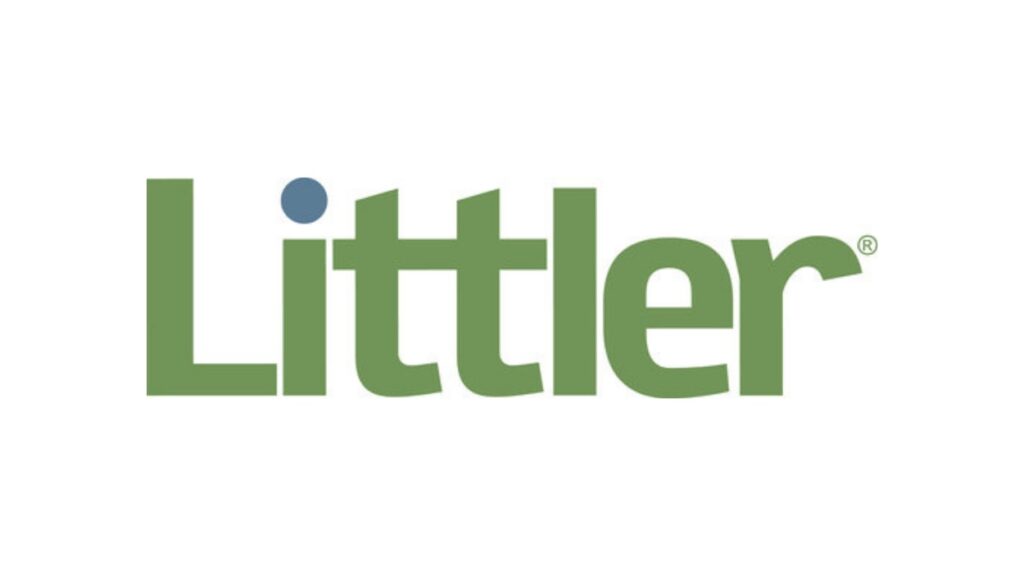Inflation-Related Wage Changes Require Employers to Keep Their CP-Eye on the Prize


During his State of the Union address, President Biden indicated that getting inflation under control was a top priority, and to businesses he said, “Lower your costs, not your wages.” For many employers throughout the country, however, lowering wages has not been their response to the recent health or economic crises. And in parts of the country, by law wages are heading in only one direction—up—as many local minimum wage statutes adjust their rates to changes in the consumer price index (CPI). Below we provide not an economic forecast, but a forecast of what employers might expect to experience during these turbulent economic times so they can budget accordingly in the coming months and prepare for near-term (July 1) and future (January 1, 2023) mandatory wage rate changes.
During COVID-19, running a business has been anything but easy. We’ve all read about the “Great Resignation” causing “wageflation” (“a precipitous, unexpected and immediate rise in wages based on unique market forces,” per Forbes). And now with inflation, some companies might find themselves in an even more precarious situation. Although mid-year (July 1, 2022) minimum wage increases are still about four months away, some jurisdictions have already revealed what their rates will be; the changes are notable and demonstrate the impact rising inflation can have on wages in jurisdictions that adjust their minimum wage due to changes in the CPI.
On March 1, 2022, in New Mexico the minimum rates in both the City of Santa Fe and County of Santa Fe were CPI-adjusted from $12.32 to $12.95 per hour, an increase just above five percent. The District of Columbia announced that on July 1, 2022, its minimum wage will increase from $15.20 to $16.10 per hour, which is almost a six percent increase. To date, the highest announced increase belongs to the City of Los Angeles, California, where the annually adjusted minimum wage will increase on July 1, 2022 from $15.00 to $16.04 per hour, a boost close to seven percent.
By Sebastian Chilco via Littler